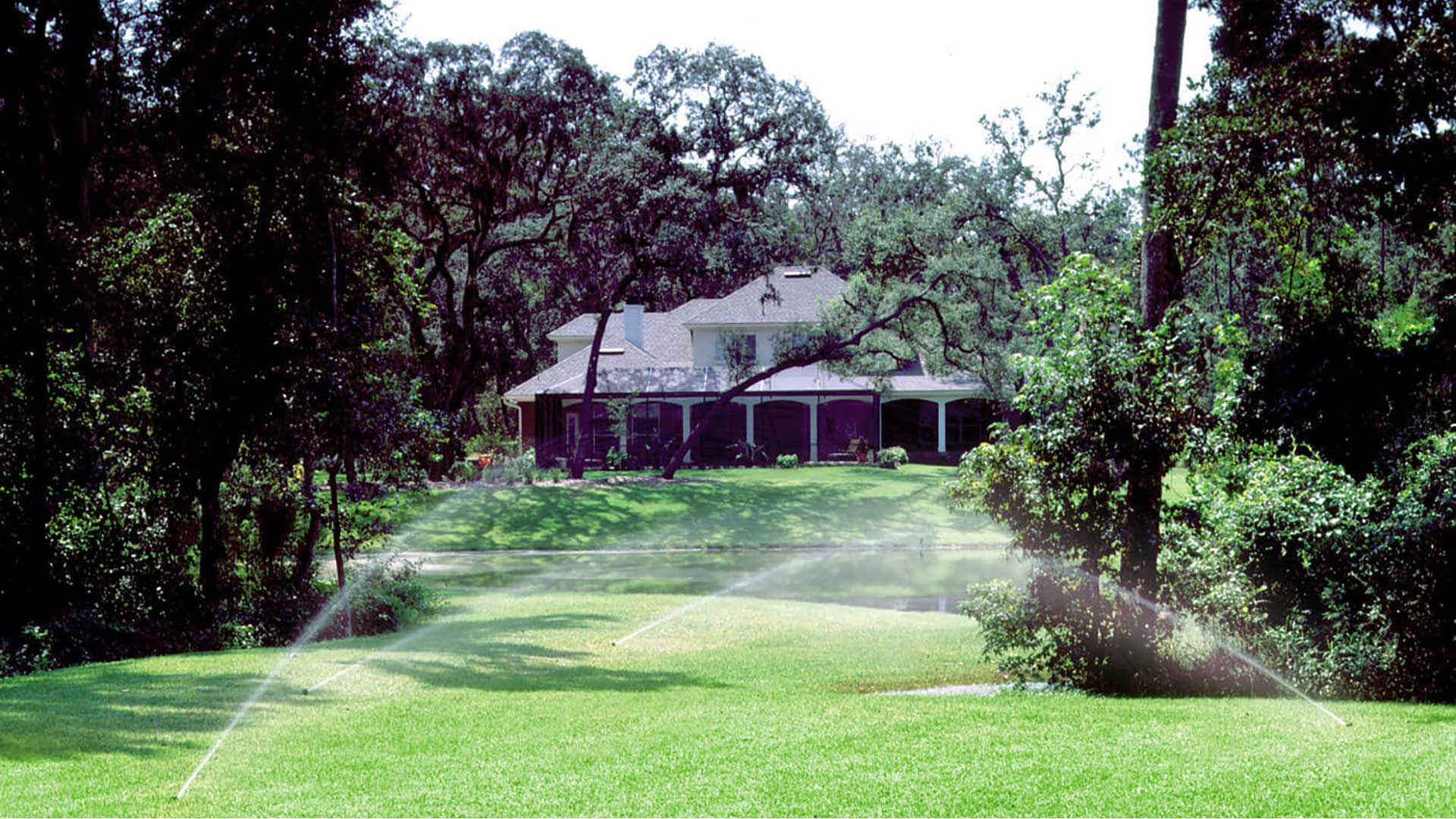The charm of a garden results from several factors including its design, composition (plants, flowers and lawn surfaces), state of maintenance and positioning of plant species which, combined with the chromatic contrasts, give depth to open spaces. However, it is crucial to consider all these factors together with the state of health of the plant species present in the garden.
We should consider that green areas are able to provide “ecosystem services” improving aesthetic of the sites, contributing to mitigate pollution, improving the microclimate and maintaining biodiversity; nevertheless, to maintain the best the health conditions of plants, it is essential to provide the correct amount of resources, first of all the water. A rational use of the water resource is achieved through proper irrigation, respecting the actual and different needs of individual plant elements.
In the light of recent studies on climate change which foresee a tropicalization of weather events, characterized by very intense rains followed by long periods of drought and consequent increase of water needs for plants, the sustainable use of resources and, therefore, “smart” irrigation, became even more important.
The sustainable use of water in green areas, through irrigation systems designed to limit water waste, may be the only rational and ethical response to environmental problems and those relating to growing competition for resources due to the increase in population (the world population is expected to reach 9 billion in 2050).
An automated irrigation system consists of a controller, or control unit, capable of commanding the opening and closing of the valves that bring water to the irrigation sectors. The water is distributed from a main source (tap fed by the aqueduct, storage tank with relaunch pump, water from a well raised by a submerged electric pump, etc.) along a series of plastic pipes (generally polyethylene) on which a series of dispensers are connected (sprinklers, dripping wings, porous pipes, drippers, etc.) capable of supplying water to the various cultivated plants.
